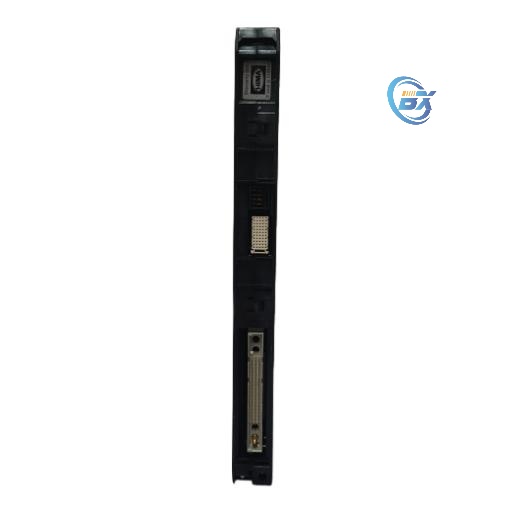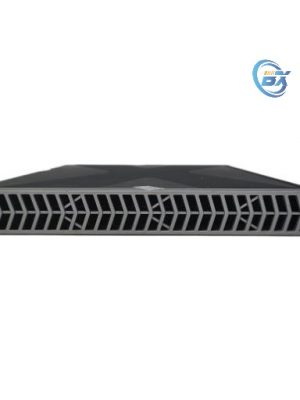Having strong data processing capabilities, able to quickly and accurately send, receive, and process large amounts of data, and can parse, convert, and format input data to meet the data exchange needs between different devices.
Description
Electrical characteristics:
Working voltage: usually 24V DC ± 10%, to adapt to the power supply of most industrial sites.
Current consumption: Under full load operation, the current consumption may range from tens of milliamps to hundreds of milliamps, depending on the functionality and configuration of the module.
Signal level: The standard signal level that complies with the corresponding communication protocol. For example, the signal level of the RS-485 interface is -7V to+12V for logic “1”, and+7V to -12V for logic “0”.
Communication interface:
Physical interface types: Multiple physical interfaces may be equipped, such as RJ45 Ethernet interface, DB9 RS-232 interface, DB9 RS-485 interface, etc., to meet different communication needs.
Communication speed: Supports multiple communication speeds, such as Ethernet interface supporting 10M/100M/1000M adaptive speed, and RS-485 interface supporting common speeds such as 9.6Kbps, 19.2Kbps, 38.4Kbps, etc.
Environmental parameters:
Working temperature range: -40 ℃ to 85 ℃, can adapt to various harsh industrial environment temperature changes.
Humidity range: 5% -95% RH (non condensing), capable of stable operation even in high humidity environments.
Anti interference capability: With good electromagnetic compatibility (EMC), it can effectively resist electromagnetic interference, radio frequency interference, etc. in industrial sites, ensuring the stability and reliability of communication.
physical property
Size: Usually the standard industrial module size, for example, length x width x height may be around 100mm x 80mm x 50mm, to facilitate installation in industrial control cabinets or racks, and can be closely arranged with other modules to save space.
Weight: Lightweight, generally within a few hundred grams, convenient for installation and maintenance personnel to operate.
Installation method: The standard DIN rail installation method is adopted, and the module can be quickly and firmly fixed on the rail with rail clips. It may also support screw fixation installation to meet different installation requirements.
![]()



Reviews
There are no reviews yet.